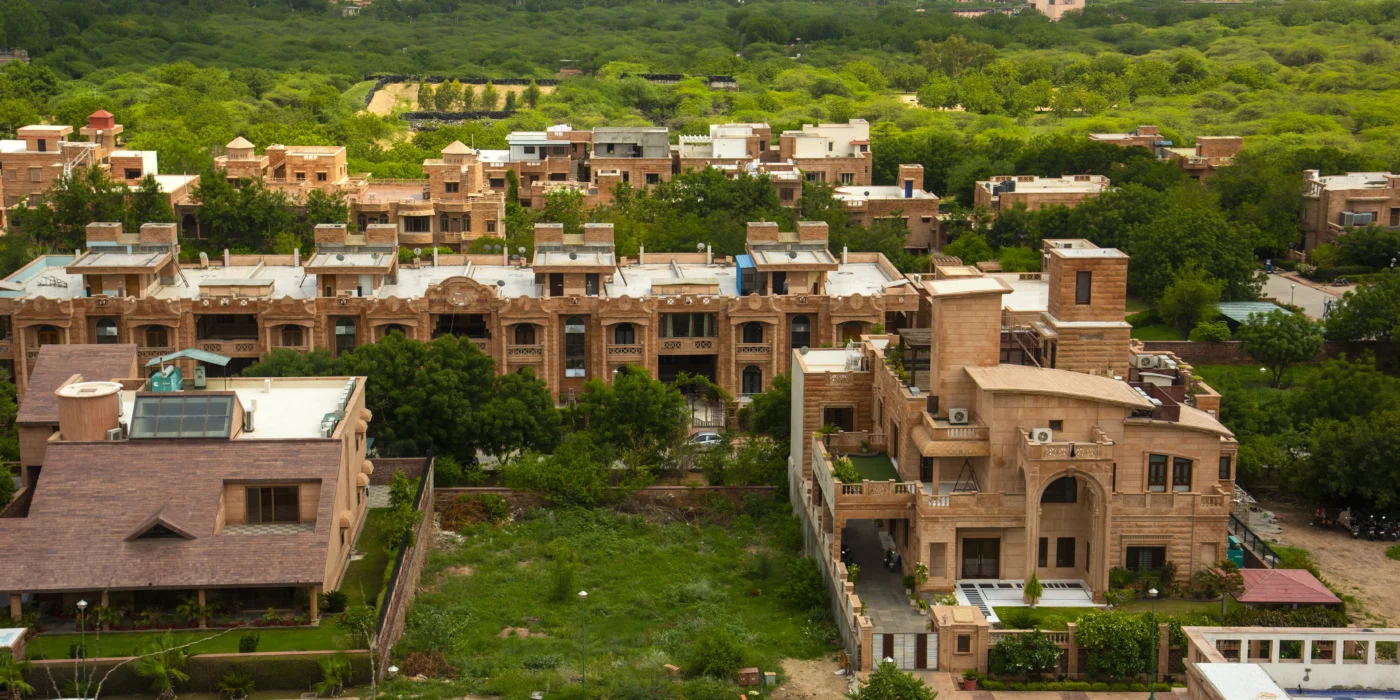Owning a villa in Bangalore isn’t just about buying a piece of land; it is about shaping a lifestyle that offers space, comfort, and community. The villa purchase journey may feel overwhelming at first because it involves choosing the right location, evaluating builders, handling legal paperwork, and managing construction updates. With proper guidance, this process becomes smoother and far more rewarding.
In this blog, we will explore each stage of the villa buying journey from plot to possession.
Researching the Right Location
Before you explore floor plans or payment options, focus on where you want to live. Bangalore’s character changes from one neighborhood to another, so location shapes not only your convenience but your long-term investment value.
Look for areas that blend connectivity, comfort, and future growth. Sarjapur Road, Whitefield, Devanahalli, and North Bangalore are currently favorites for their proximity to IT hubs, airports, and upcoming infrastructure.
Things to note:
• Distance to schools, hospitals, and workplaces
• Ease of access to major roads and metro lines
• Neighborhood safety, water supply, and noise levels
Spend time walking around at different hours of the day to gauge traffic, security, and ambiance before shortlisting.
Evaluating the Builder’s Reputation
Once you’ve pinned down a locality, the next step is choosing a developer who can deliver what they promise. A reliable builder doesn’t just sell villas; they offer confidence in construction quality and legal clarity.
Start by reviewing the builder’s completed projects and delivery timelines. Speak to residents in older communities built by them. What you see in terms of maintenance and finishing will often reflect what you can expect.
Key factors:
• History of on-time possession
• Transparency in agreements and communication
• Responsiveness to post-handover issues
Understanding Legal Due Diligence
This is the stage where paperwork meets peace of mind. Bangalore’s real estate market has had its share of disputes, so verifying documents through a qualified property lawyer is non-negotiable.
Essential checks include title deeds, encumbrance certificates, and land conversion approvals. Make sure the project is registered under RERA and that the builder has obtained all necessary sanctions from authorities like BDA or BBMP. Skipping these verifications can create problems during resale or loan processing later.
Budget Planning and Home Loans
Financial planning shapes the rest of your journey. A villa demands higher initial investment and maintenance costs than an apartment, so consider beyond the property price.
Get a clear idea of your loan eligibility and EMI comfort level before booking. Account for extra expenses such as registration fees, interiors, landscaping, and community maintenance.
Things to include in your budget:
• Stamp duty and registration costs
• Home insurance and property tax
• Annual upkeep and utility bills
A pre-approved loan simplifies negotiations with builders and speeds up documentation.
Site Visits and Construction Quality
No amount of glossy brochures can replace seeing the site yourself. Walk through the approach roads, common areas, and sample units. Visualize how sunlight, ventilation, and privacy work together inside each villa.
During your visit, observe the spacing between homes, drainage design, and the quality of materials used. Ask about backup power, waste management, and rainwater harvesting systems. If the villa is under construction, request progress updates and previous project references.
Customization and Design Choices
One of the main reasons people prefer villas over apartments is flexibility. Developers often allow limited customization, an extra bedroom, a study corner, or even a private deck.
Discuss these possibilities at the planning stage itself. Late changes can delay delivery or affect approvals. A thoughtful balance between personal taste and structural safety ensures the design remains both functional and aesthetic.
Tracking Construction Milestones
Once construction begins, stay informed. Reputed builders share progress reports aligned with payment schedules. Visiting occasionally helps you verify work quality firsthand.
During these visits, pay attention to brickwork alignment, plastering smoothness, and electrical or plumbing routes. Noticing small issues early prevents costly fixes later.
The Snag Check Before Possession
As completion nears, carry out a thorough inspection. This “snag check” helps spot minor defects that can be corrected before handover.
Check every switch, tap, and door hinge. Test water pressure, flush systems, and lighting. Document observations with photos or a checklist, and share them with the builder for quick rectification.
Registration and Final Handover
The registration process officially transfers ownership to your name. Your lawyer or builder’s liaison team will guide you through stamp duty payments and government formalities. Once registration is complete, you’ll receive the sale deed, keys, and access credentials to the community. This marks the end of the buying phase and the start of your homeowner journey.
Settling into Community Living
Villa communities bring a unique blend of independence and shared amenities. Clubhouses, swimming pools, and landscaped parks often create opportunities to build a close-knit neighborhood.
Participate in resident associations to stay involved in decision-making about maintenance, security, and events. Over time, these shared spaces add to the sense of belonging that makes villa living special.
Conclusion
In the end, the villa buying journey in Bangalore is as much about preparation as it is about aspiration. Whether you are navigating villa purchase decisions or planning for smooth villa registration, taking the time to research locations, verify legal documents, and stay involved through construction makes the final moment of receiving your keys even more satisfying. With the right decisions at the right stages, you don’t just secure a property; you secure a lifestyle shaped around space, comfort, and community living.

